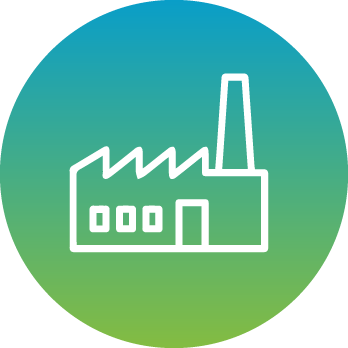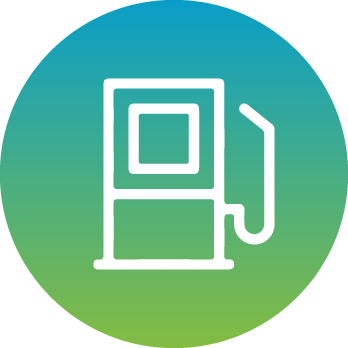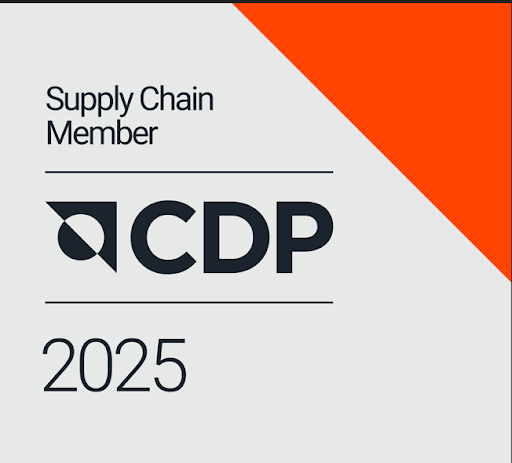Confused with some of the JARGON out there? Can’t tell the difference between Net-Zero Emissions, Net-Zero Carbon or Carbon Neutral?
Check out the glossary below:
Carbon Neutral
means that any carbon dioxide (CO2) released into the atmosphere as a result of a company’s activities is balanced by an equivalent amount being removed.
Climate Positive
means that an activity goes beyond achieving net-zero carbon emissions to create an environmental benefit by removing additional carbon dioxide from the atmosphere.
Carbon Negative
means the same thing as "climate positive".
Climate Neutral
refers to reducing all GHG to the point of zero while eliminating all other negative environmental impact that an organisation may cause.
Decarbonisation
refers to all measures through which a business sector, or an entity – a government, an organisation – reduces its carbon footprint, primarily its GHG emissions, CO2 and methane (CH4), in order to reduce its negative impact on the climate.
Net-Zero Carbon Emission
means that an activity releases net-zero carbon emission into the atmosphere. No carbon was emitted from the get-go, so no carbon needs to be captured or offset.
Net-Zero Emission
means balancing the whole amount of GHG released and the amount removed from the atmosphere. Although this term is similar to carbon neutral, it is expanded to include more than just carbon but all GHG such as methane.
SBTi
is the Science Based Target initiative. This organisation is a collaboration between the CDP, World Resources Institute (WRI), the World Wide Fund for Nature (WWF), and the United Nations Global Compact (UNGC). It independently assesses and approves companies’ net-zero targets. SBTi’s rigour and comprehensive scope enable companies to take meaningful steps toward accelerated decarbonisation.
Scope 1 Emissions
are GHG emissions that occur directly from sources that are owned or controlled by a company. Common examples of Scope 1 emissions include emissions from combustion in owned or controlled boilers, furnaces and vehicles or emissions from chemical production in owned or controlled process equipment.
Scope 2 Emissions
are indirect GHG emissions that resulted from the generation of purchased electricity consumed by a company. Purchased electricity is defined as electricity that is purchased or otherwise brought into the organisational boundary of the company. Scope 2 emissions physically occur at the facility where the electricity is generated.
Scope 3 Emissions
are basically all other indirect emissions (not included in Scope 2) that occur in the entire value chain of a company. Although these emissions are a consequence of a company’s activities, they occur from sources not owned or controlled by the company.























